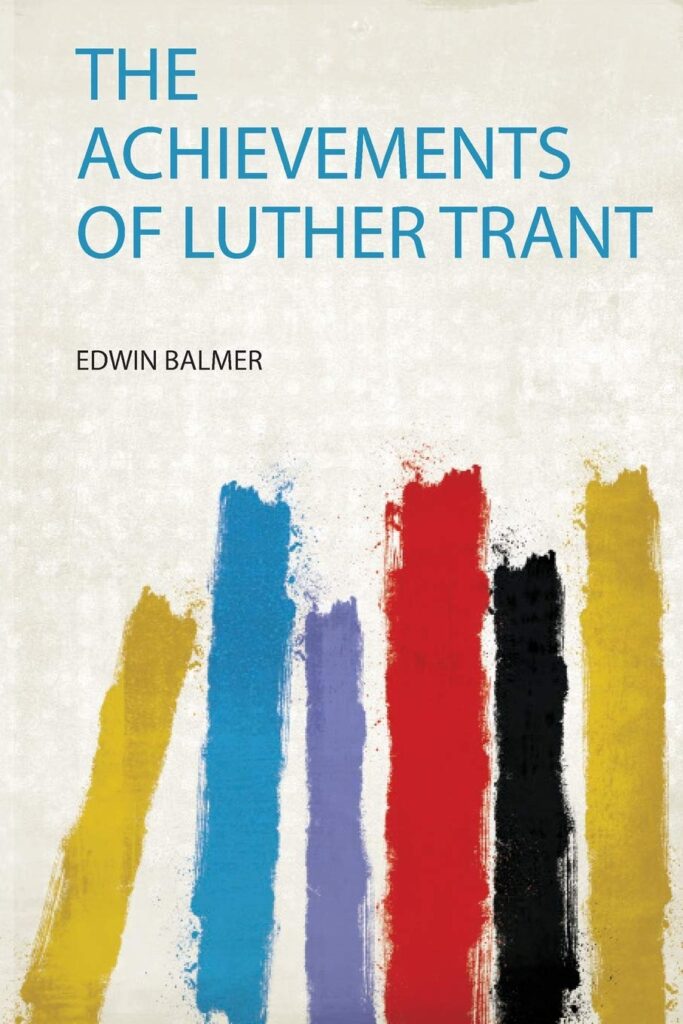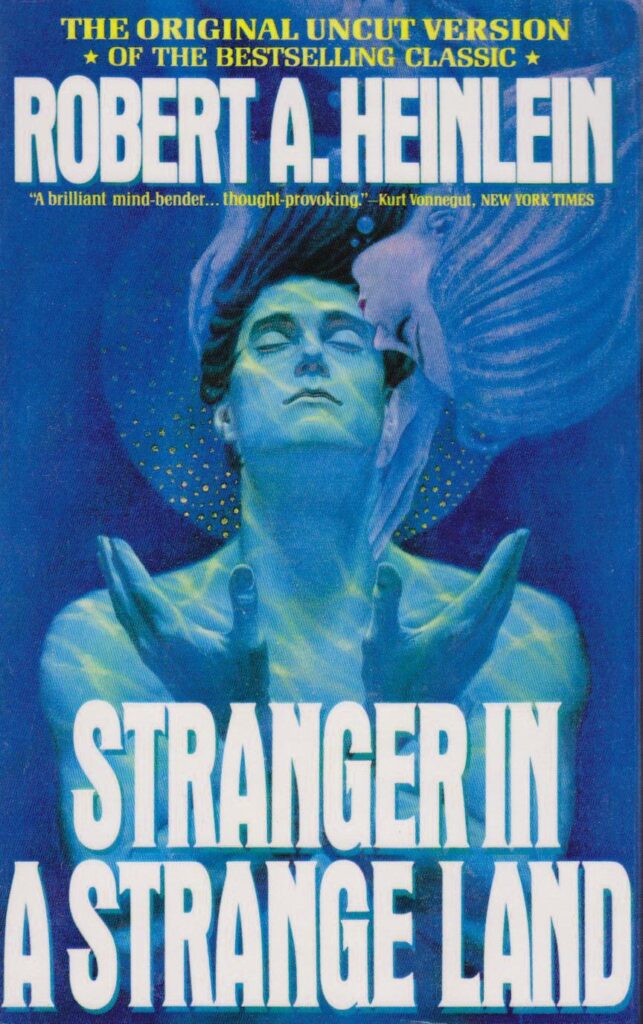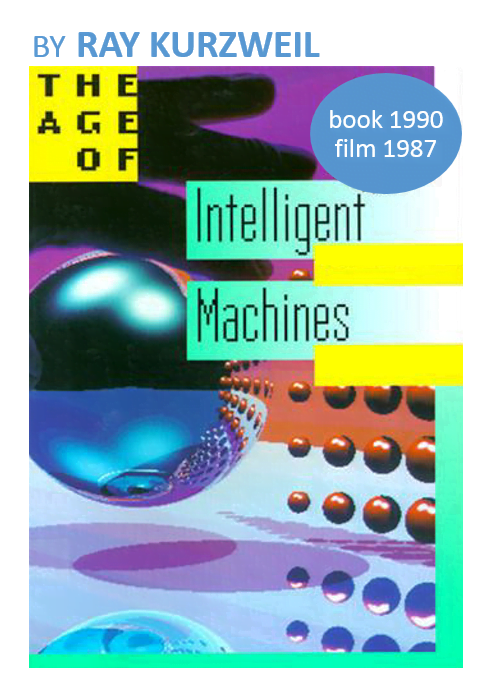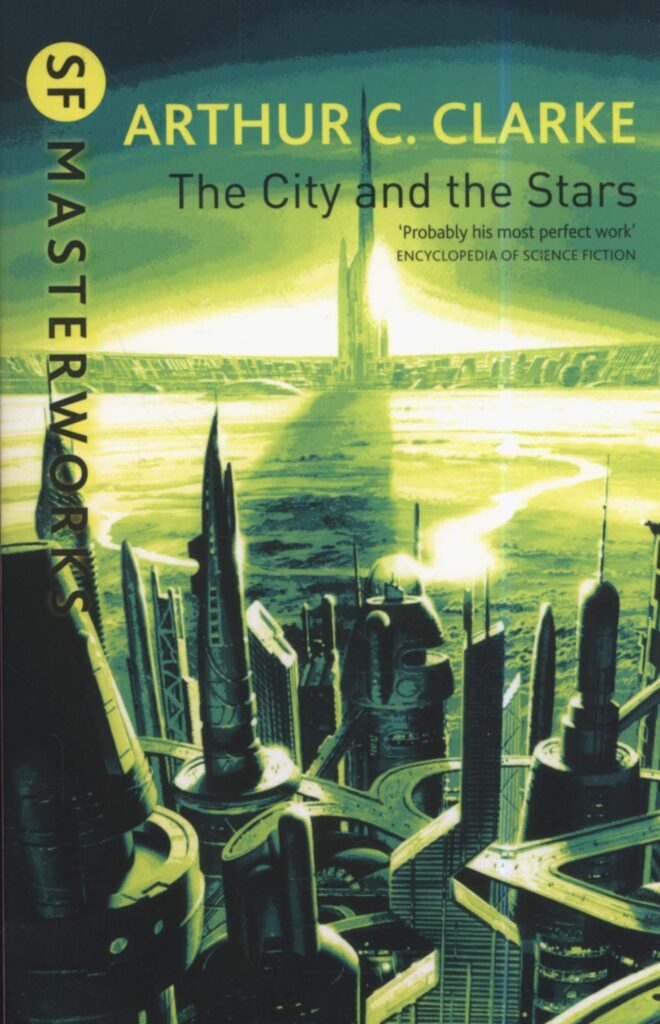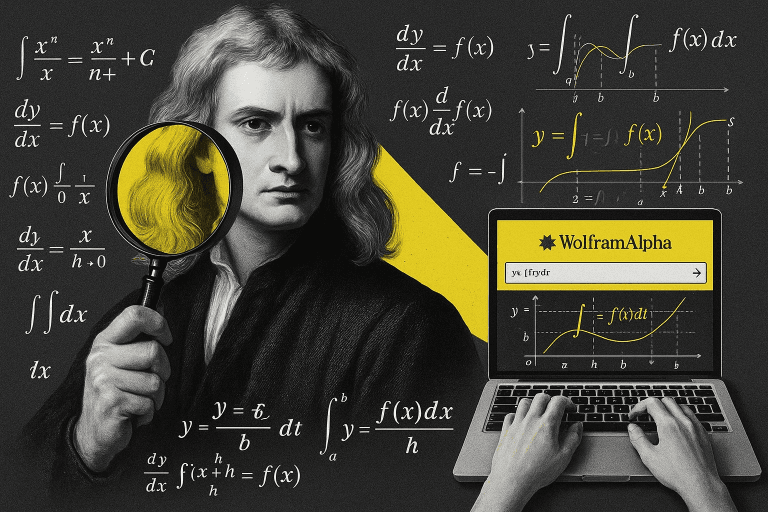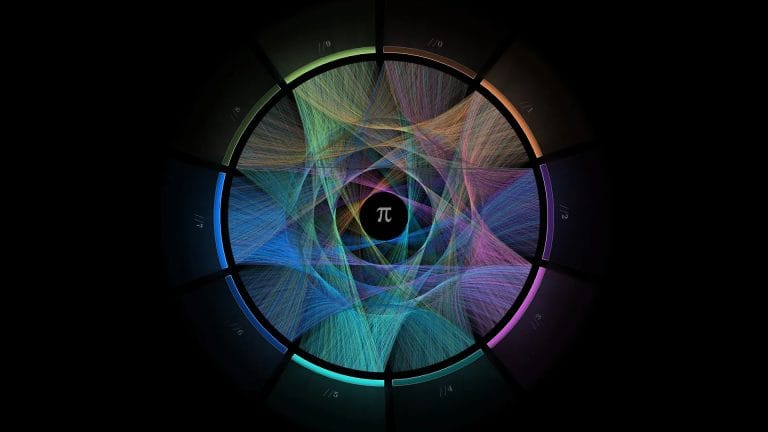Books have the power to transport us to different places and times. We often read books to get a taste of life in the past. But some authors write books that predict the future and our present society’s facts to venture into the unknown of the future with a level of detail that seems impossibly accurate.
Are there any books that predict the future?
In reality, authors’ imaginations painted portraits that would eventually be mirrored by history books a century later. For instance, George Orwell’s 1984, perhaps the best-known dystopian novel, is often used as a barometer for corruption and government control. While things in the U.S. at least haven’t quite reached Orwellian levels, 1984’s theme of surveillance resonates amid data privacy theft scandals and a world of hackable laptop cameras.
It is very interesting that there are many books that predict the future in one way or another. I have curated twenty-four books that predict the future. I hope you enjoy them.
And finally, don’t forget this: Children with more books at home have less mental decline when older. writ
“The science-fiction masterpiece Neuromancer, winner of the Hugo, Nebula, and Philip K. Dick Awards, is a classic that stands as one of the most compelling future visions of the twentieth century.
The case was the matrix’s best data thief, but he was exiled from cyberspace when he crossed the wrong people, who disabled his neurological system. A mystery new company has now hired him for a last-ditch attempt towards an unimaginably potent artificial intelligence. With a dead man in the backseat and Molly, a mirror-eyed street warrior, keeping an eye on his back, Case is prepared for the adventure that changed the rules for an entire literary subgenre.
A stunning vision that challenged our preconceptions about technology and ourselves, revolutionized the way we speak and think, and permanently changed the landscape of our imaginations, Neuromancer was the first completely realized sight of humanity’s digital future.”
“After sleeping for 233 years, a man awakens to find London dramatically changed and the richest man in the entire world.
Initially printed in 1899.
“
The Achievements of Luther Trant
Except for its characters and plot, this book is not a work of the imagination. The methods which the fictitious Trant — one time assistant in a psychological laboratory, now turned detective — here uses to solve the mysteries which present themselves to him, are real methods; the tests he employs are real tests. Though little known to the general public, they are precisely such as are being used daily in the psychological laboratories of the great universities — both in America and Europe — by means of which modern men of science are at last disclosing and denning the workings of that oldest of world-mysteries — the human mind.
“The brilliant book that went from being a cult favorite to being a bestseller to being a science fiction classic is Robert Heinlein’s Hugo Award-winning ultimate masterpiece.
Valentine Michael Smith is a human who was raised by Martians on Mars and has never encountered another person of his type. He is a stranger who was sent to Earth and must learn what it is to be a man. While he instructs them on grokking and water-sharing, he also inspires a transition that will permanently change Earth’s population. However, his beliefs and powers are greatly beyond humanity’s.”
The titular hero saves the heroine’s life by remotely directing energy against an incoming avalanche. He constantly uses the line “As you know” as the narrative progresses as he describes the marvels of modern technology. In order to free the heroine from the villain’s grasp, the hero must finally launch his own “space flyer” into space.
The book tells the story of Julian West, a young American who, towards the end of the 19th century, falls into a deep, hypnosis-induced sleep and wakes up one hundred and thirteen years later. He finds himself in the same location (Boston, Massachusetts), but in a totally changed world: It is the year 2000 and, while he was sleeping, the United States has been transformed into a socialist utopia. The remainder of the book outlines Bellamy’s thoughts about improving the future. The major themes include problems associated with capitalism, a proposed socialist solution of a nationalisation of all industry, the use of an “industrial army” to organize production and distribution, as well as how to ensure free cultural production under such conditions. The young man readily finds a guide, Doctor Leete, who shows him around and explains all the advances of this new age; including drastically reduced working hours for people performing menial jobs and almost instantaneous, Internet-like delivery of goods. Everyone retires with full benefits at age 45, and may eat in any of the public kitchens. The productive capacity of America is nationally owned, and the goods of society are equally distributed to its citizens. A considerable portion of the book is dialogue between Leete and West wherein West expresses his confusion about how the future society works and Leete explains.
“Winner, 1990 Professional/Scholarly Publishing Annual Awards Competition presented by the Association of American Publishers, Inc., Computer Science category.
Raymond Kurzweil, a computer scientist and inventor explores the past, present, and future of artificial intelligence in The Age of Intelligent Machines. He starts with the philosophical and mathematical foundations of the field and moves on to tantalizing hints of machines of the twenty-first century with superior intelligence and truly prodigious speed and memory. This book provides the background necessary for a thorough understanding of the enormous scientific potential of intelligent machines and their equally profound philosophical, economic, and social implications. It is generously illustrated and simple to understand for nonspecialists.
The 23 articles that follow Kurzweil’s historical and scientific narrative focus on current problems with artificial intelligence.
The Kurzweil Reading Machine subsidiary of Xerox was founded by Raymond Kurzweil, who also serves as its chairman. In addition to other key developments in artificial intelligence technology, he was the primary developer of the first print-to-speech reading device for the blind.
Charles Ames’ articles. Judith A. Boden. David Cohen Dennett, Daniel C. Feigenbaum, Edward A. A. K. Fuchi Gilder, George. Robert Douglas Hofstadter David Lebowitz. Elizabeth Litven. Mathieu, Blaine Minsky, Marvin. ANeil Newell Michael Oakley. Severin Papert Jeremy Pepper Christopher Owens and Roger Schank. Judith Turkle Andrew Waldrop.”
“The ‘THE LAND IRONCLADS’ eBook edition has been optimized for reading across all platforms and has been formatted to the highest digital standards.
English author Herbert George “H. G.” Wells (1866–1966) is best known for his science fiction writing. He was born in England and died in 1946. In addition, he wrote extensively in a variety of other genres, including modern fiction, history, politics, and social commentary. He even wrote textbooks and wargame rules. Wells, Jules Verne, and Hugo Gernsback are three authors who have been referred to as “The Father of Science Fiction.” The War of the Worlds, The Time Machine, The Invisible Man, and The Island of Doctor Moreau are some of his best-known science fiction works.”
“A group of volunteers transformed this book from its physical edition to its digital version. It may be available online for free. Wireless delivery is included with the purchase of the Kindle edition.”
Clarke’s masterful evocation of the far future of humanity, considered his finest novel.
Men had built cities before, but never such a city as Diaspar. For millennia its protective dome shut out the creeping decay and danger of the world outside. Once, it held powers that rule the stars.
But then, as legend has it, the invaders came, driving humanity into this last refuge. It takes one man, a Unique, to break through Diaspar’s stifling inertia, to smash the legend and discover the true nature of the Invaders.




